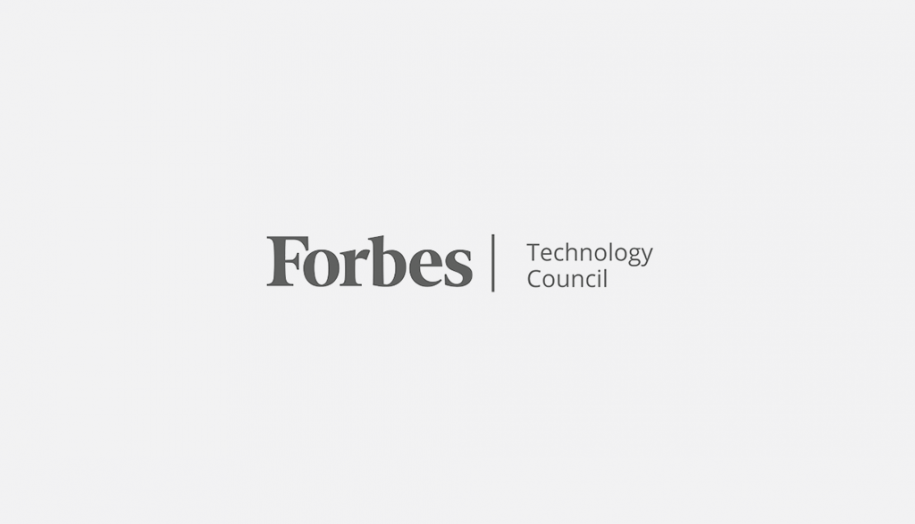The Post-Pandemic Playbook For Data-Driven Loyalty
As CTO of Engage People Inc. Len Covello helps companies differentiate loyalty programs to deliver a better experience for their customers.
Published August 13, 2021, 9:00 a.m. EST
As consumers emerge from a year in lockdown, brands are waiting for the return to experience-based shopping. Experience-based, in-person spending was once a hallmark of pre-pandemic shopping, and its return presents a massive opportunity for brands to harness customer information and data through their loyalty programs. Using this information, brands can personalize offerings to keep consumers coming back and increase spending. Brands can and should use data to personalize the loyalty program experience of consumers, which will improve consumer engagement and retention. Loyalty programs can be cost-effective mechanisms for collecting customer data and driving sales.
Loyal customers spend more and make repeat purchases.
Loyalty programs have evolved beyond digital versions of the coffee cards of yesteryear. Brands dedicate significant internal resources and technology to study customer behavior as reflected through loyalty programs in an effort to tailor the experience.
The logic behind it is simple: The engaged customer is a more valuable customer. According to Accenture, “57% spend more on brands or providers to which they are loyal.” Brands recognize this reality. Nike loyalty program members reportedly spend three times more overall than non-members. Loyalty program members are also more invested in spending their money on brands to which they are loyal. A recent report found that the average restaurant customer who used reward programs spent 92% more than customers who didn’t use reward programs.
A loyalty program is only as good as the data capabilities that underpin it.
At its core, loyalty programs, and consumer transaction information obtained through them, contribute to a broader data repository of customers’ needs and wants. An effective loyalty program can arm you with the data to offer meaningful rewards for customers and “surprise and delight” them with unexpected gifts.
Using data is imperative in understanding the consumer and maximizing the relationship between the brand and the loyalty program member. Using data to segment and target personalized communications and offers to a group can optimize revenue generation and long-term customer value. Developing insights from data plays a significant role in how successful a loyalty program is in engaging its most profitable customers.
As an example, the skincare company L’Occitane uses its loyalty program data to help offer contextualized recommendations for customers. The company uses purchase history as a guide and displays suggestions for products that may need replenishing. It also offers customers incentives to buy items sooner based on inventory availability.
Another company that leverages its loyalty program data is Sephora, which offers loyalty members a combination of discounts and other rewards. For higher-tier members, personalized gifts and experiential event recommendations are based on customer activity and engagement with the brand. According to an interview with a Forbes contributor last year, Sephora’s vice president of loyalty Allegra Stanley Krishnan stated, “We wanted to bring to life personalized experiences where our clients can choose what best suits them.”
Investment in data and data teams is fueling the quickly evolving loyalty market. For example, when Reebok rolled out its first loyalty program in 2019, it augmented its digital staff by 30%, according to an article by Digiday. Reebok’s loyalty program rewards customers for sharing data on their attributes and preferences as well as brand interactions, including on social media. The rewards include discounts, early access to products and invites to exclusive events.
The way I see it, the future of loyalty programs is personalization based on data. This makes longer-term engagement all the more important. A lack of engagement can be the death knell for a reward program, and brands need to consider how to sustain customer activity and interest over the long term. It’s not enough to invest in building a loyalty program and studying the results; brands need to devote resources toward long-term engagement.
Offering customers more choices on how to interact with your loyalty program will help sustain their interest over time and provide you with the data to personalize offerings. Information on customer behavior gleaned from loyalty member transactions and engagement can help refine your redemption strategies and offers. Creating a more personalized approach to your offers and customer communications can increase loyalty and engagement.
Data from this activity is helping many brands move toward flexible reward programs. I believe a combination of experiential and merchandise rewards, along with flexible redemption opportunities, including giving customers more choice in how they use their points, is the recipe for continued engagement.
As an example, Aveda recently revamped its reward program to allow for greater personalization of reward options and the ability to redeem rewards more often. This includes the capability to convert points to reduce the price of items (in other words, partial payment with points) and partner with interest-aligning brands, such as plant-based meal services and fitness membership programs.
As brands look to the post-pandemic reality, heightened expectations from consumers may make data-driven personalization a must-have instead of a nice-to-have component. That’s why data-driven loyalty approaches are likely to increasingly define the future for omnichannel customer-centric brands.
